Back when Arnold Schwarzenegger ruled bodybuilding, my high school friends and I were amazed by the massive muscle he built, especially his biceps. We spent hours debating and theorizing how he developed his trademark guns.
In our teenage minds, the secret was EZ curl bars and specifically doing preacher curls with them. The multi-angled design obviously made curls more effective than old-school straight bars. And doing preacher curls took it to the next level by combining the bar’s superior design with an optimal arm position for instant muscle growth.
While creative, our youthful logic was misguided. So what truly builds bigger biceps – EZ curl bars, preacher curls, straight barbells, or dumbbells?
EZ Curl Bar: A Comfortable Choice
Comfort vs. Maximum Muscle Engagement
The allure of the EZ Curl Bar lies in its ergonomic design, tailored to relieve stress on the wrists and elbows during the curling motion. For many, this offers a more enjoyable weightlifting experience. However, comfort might not always equate to optimal muscle engagement. While the EZ Curl Bar allows the wrists to rotate inwards, thereby removing tension from the outer biceps head, the straight bar keeps the tension constant due to its supinated position. A mere wrist rotation can activate the bicep, proving the advantage of straight bars in terms of bicep engagement.
Level Up Your Fitness: Join our 💪 strong community in Fitness Volt Newsletter. Get daily inspiration, expert-backed workouts, nutrition tips, the latest in strength sports, and the support you need to reach your goals. Subscribe for free!
Exploring Angles: Preacher Curls and Their Value
Isolation: Key to Bicep Development?
Angle alteration is pivotal in muscle growth as it shifts the workout dynamic. Preacher curls, which position the arms in front of the body, champion isolation. Such isolation can magnify mental focus, leading to impressive muscle contraction and subsequent growth. Yet, is this the ultimate approach for colossal biceps?
Barbell and Dumbbell Curls: The Classic Approach
Incline Dumbbell Curls vs. Preacher Curls
Incline dumbbell curls share similarities with preacher curls, given the arm angle. Ensuring a bench angle between 30 to 45 degrees optimizes bicep pull, similar to a preacher bench, while minimizing shoulder stress. These movements shine by curtailing any body swing, thus intensifying bicep engagement.
Iso-lateral training becomes possible with dumbbells, promoting an unparalleled focus level. This allows identification and rectification of any muscular imbalances, fostering improved arm symmetry—a prime concern for bodybuilders.
Why Incline Dumbbell Curls Might Have an Edge
The incline dumbbell curl has a distinct advantage. It targets the biceps’ peak (the long head) more efficiently, given the stretch at the movement’s bottom—a feature missing in preacher curls. Additionally, during preacher curls, the arms’ positioning in front of the torso reduces stress on the biceps’ long head. Though the inner head might benefit from preacher curls, this doesn’t crown it as the superior choice.
EZ Curl Bar vs Straight Barbell: Which Hits Your Biceps Better?
There’s no denying the EZ curl bar is more comfortable to grip than straight bars thanks to its angled hand positions, reduced wrist strain, and elbow-friendly bend. But bodybuilding isn’t about comfort – it’s about intensity.
The straight Olympic barbell keeps your hands and wrists supinated (palms up) throughout the curl. This maintains constant tension on the biceps for peak stimulation.
The EZ curl bar allows wrists to rotate inward, releasing outer biceps tension. Even just supinating your wrists with no weight causes biceps flexion. For full biceps activation, straight bars win over EZ bars.
Preacher Curls vs Incline Dumbbell Curls: Which Isolates Your Biceps Best?
Preacher curls and incline dumbbell curls both isolate your biceps by fixing your upper arms and eliminating torso swing. But small differences make incline dumbbell curls the superior mass builder:
- Incline dumbbell curls increase tension on the long head of your biceps. Preacher curls lose this tension since your arms are forward.
- Alternating dumbbell curls allow for iso-lateral training. You can focus on contracting each bicep fully independently.
- The stretch at the bottom of incline curls further targets the long head. Preacher curls lack this key bottom position stretch.
- You can use heavier dumbbells than a preacher barbell allows. More overload = more growth.
While preacher curls have their place for isolating the inner biceps head, incline dumbbell curls better work the overall muscle.
The Best Biceps Builders: Barbells and Dumbbells
When all factors are considered, the two most effective biceps exercises are:
- Straight barbell curls – Keeps wrists supinated for constant outer biceps tension. Allows progressive overload.
- Incline dumbbell curls – Stretches the long head. Allows iso-lateral training and focus. Heavy dumbbells provide maximum overload.
Base your biceps routine around these two mass builders for arms like Arnold in his heyday.
Frequently Asked Questions
Q: Can I incorporate both EZ Curl Bar and traditional dumbbells in my routine?
Yes, variety can prevent plateaus and provide a comprehensive bicep workout.
Q: Are there any risks associated with using a straight bar over an EZ Curl Bar?
If not done with proper form, straight bars can exert excessive pressure on the wrists. It’s essential to use appropriate weights and maintain correct form.
Q: How often should I switch up my bicep exercises?
Generally, every 4-6 weeks. This can prevent adaptation and continuously challenge the muscles.
Q: Is it necessary to include both preacher curls and incline dumbbell curls in one routine?
Not necessarily. Focus on your goals, and be sure to maintain a balanced routine.
Q: Which exercise is the most beginner-friendly?
The EZ Curl Bar can be more comfortable for beginners due to its ergonomic design.
Q: How many sets and reps should I do for biceps?
A: For muscle growth, aim for 3-4 sets of 6-12 reps on barbell/dumbbell curls and other biceps exercises. Go heavier with lower reps for strength. Higher reps with moderate weight for endurance.
Q: Should I do barbell or dumbbell curls first?
A: Do barbell curls first when your biceps are fresh so you can overload them safely with heavier weight. Then do dumbbell curls for isolation and squeeze focus after pre-exhausting slightly.
Q: Are cheat curls okay or should I strictly control the weight?
A: Controlled form builds more muscle, but the occasional cheat curl has benefits too. It overloads the top contracted position for growth there. Just don’t cheat on every set.
Conclusion
While EZ curl bars and preacher benches can complement your biceps routine, smart programming focuses on straight barbell curls and incline dumbbell curls as the core lifts. They allow for the greatest progressive overload and isolation to add slabs of muscle onto your arms.
Use these insights to design a high-intensity biceps workout for maximum growth. Let me know if you have any other biceps training questions!
Happy Lifting!

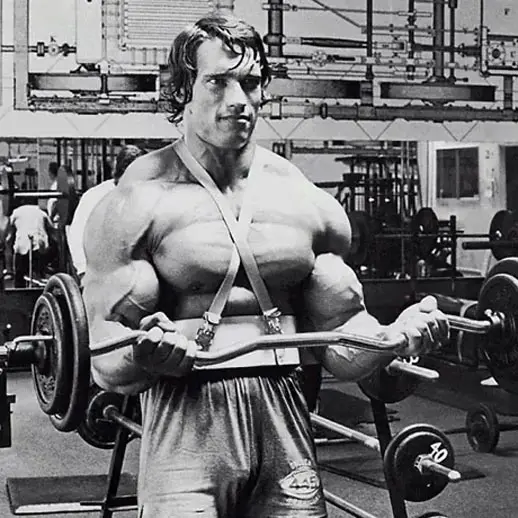
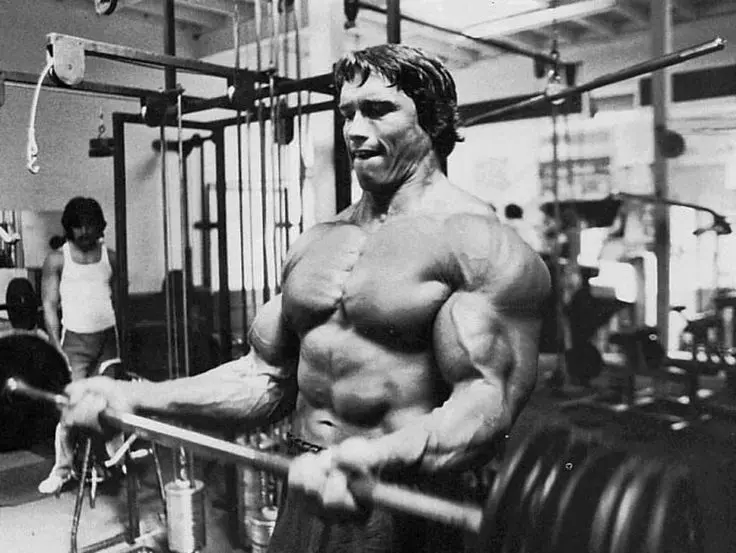
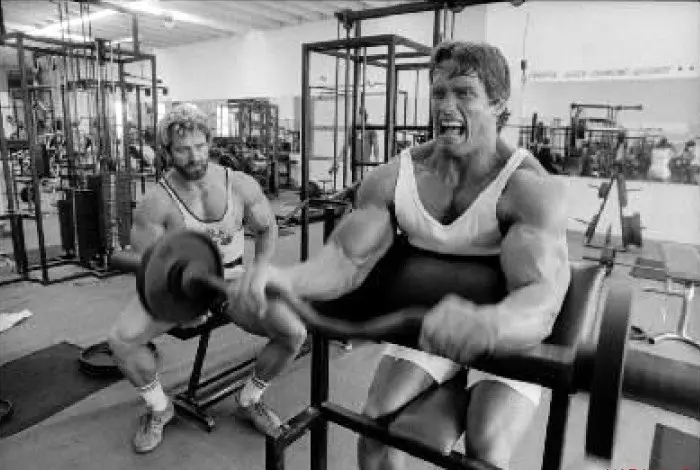

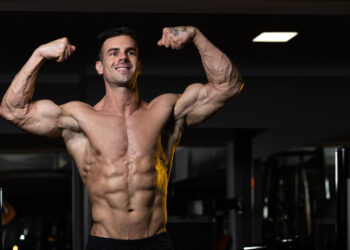
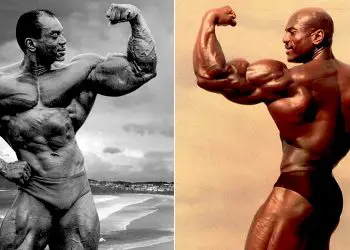
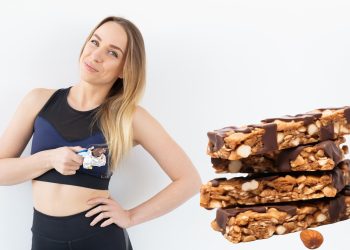
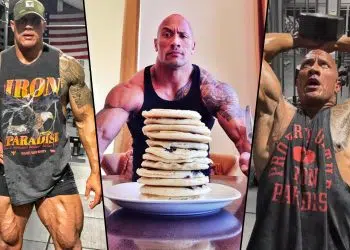

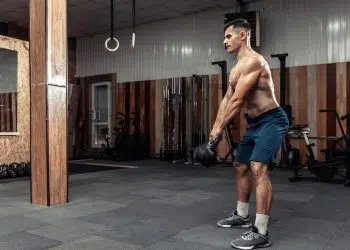

Most people should be avoiding straight barbell curls, unless they lack valgus (forearm angled away from body) of the arm and are hypersupinators (ability to turn hand enough for straight bar curling). The combination of having those two seems to be rare though.
Even with EZ Bar curling, there may be asymmetries between the valgus of both arms and each arm might not be worked in an optimal fashion based on the bar path. Dumbbells are always the best bet